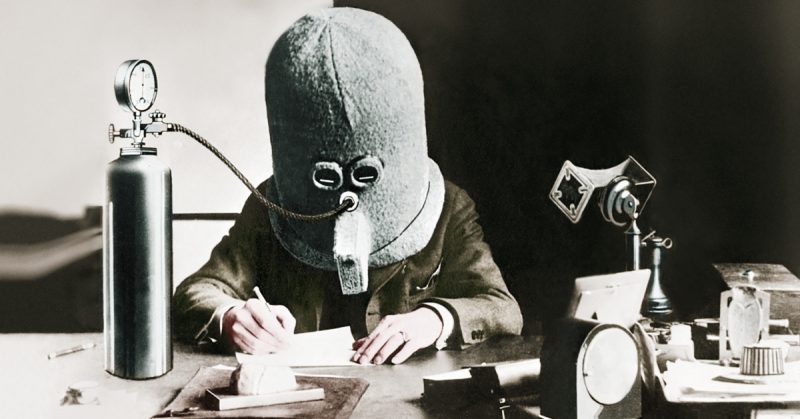How many people are truly focused and productive for the entire course of their eight-hour workday? It seems so long, right? It certainly isn’t based on how long a person can concentrate.
According to Inc. magazine, the current eight-hour standard workday came about to try to make people’s working lives more humane. In the late 18th century, factory workers could easily work between 10 and 16 hours a day to keep production steady 24/7. Since it was clear that pace wasn’t sustainable for most people, activists like Robert Owen started proposing a shorter workday.
When the Ford Motor Company cut hours and doubled pay in 1914, they discovered something that made them really happy – productivity went up.
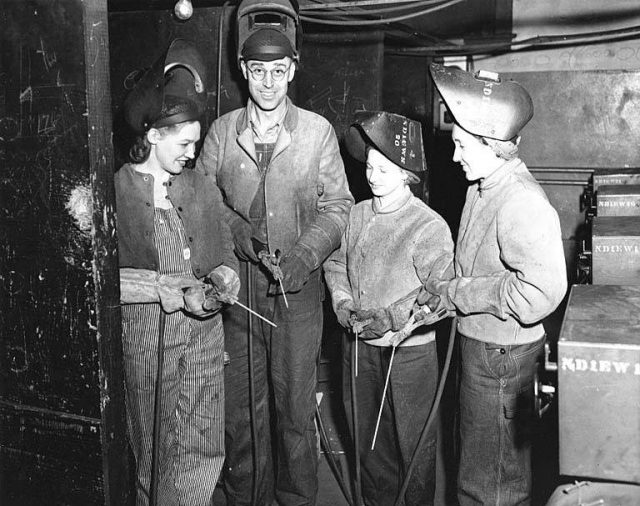
Finding useful ways to boost productivity at work isn’t anything new.
There have been methods and products geared toward reducing distractions at the office for far longer than you might think. One of the most radical, and perhaps creepiest, of those products dates from 1925 and was called the Isolator.
The Isolator was a device created by Hugo Gernsback. Gernsback was an inventor as well as a writer and editor. He was someone who had a lot to do and wanted to stay focused.
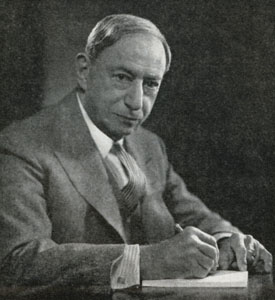
The device he designed was a solid wooden helmet that covered the entire head. He said it would block out 95 percent of any surrounding noise. Another of its features was that it also severely limited how much the person wearing it could see.
The helmet had small pieces of glass that the wearer could look through, but even those were painted black, except for fairly thin lines near the bottom, theoretically allowing the wearer to be able to see what they were working on, but nothing else.
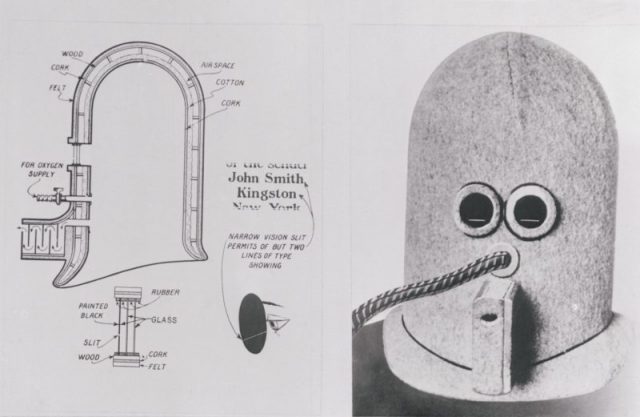
He also added an oxygen tank and tube that fed into the front of the device, to prevent the wearer becoming sleepy in the dark, quiet confines of the helmet. That tendency was amplified by the fact that the longer you wore it, the more carbon dioxide would accumulate in it. It seems ridiculous, but Gernsback was prolific in his work, so it must have been effective.
Many prominent people throughout history used odd methods to boost their own productivity. Here’s a quick tour through a few of these historical productivity hacks.
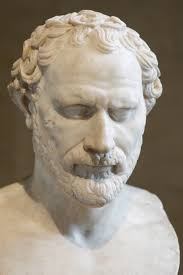
Demosthenes was an ancient Greek from the 4th century BC. He had a speech defect which he overcame by filling his mouth with pebbles and walking alone along the shore each morning, while loudly practicing giving speeches. It worked, and he ended up a great orator and statesman of his time.
Benjamin Franklin took an air bath every morning. He would spend an hour, naked, in front of an open window.
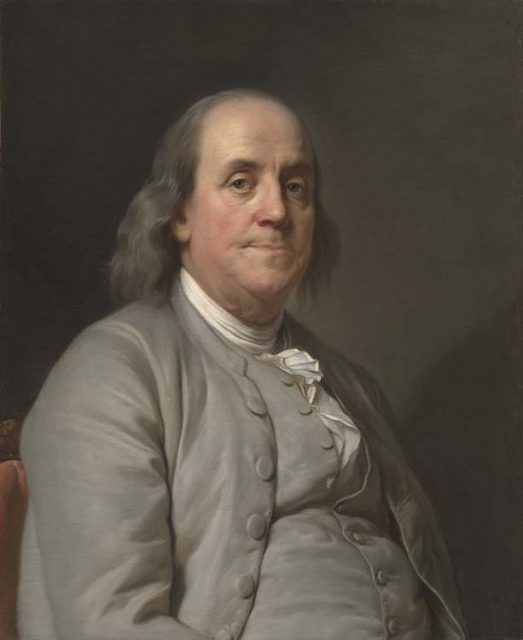
It was a routine he did year-round, regardless of the weather. Franklin believed it would help prevent him from catching colds or the flu and he recommended the practice to many people, but somehow it never caught on.
Ernest Hemingway wrote while standing up. He wasn’t the only author who preferred to work while upright — Kierkegaard, Dickens, Woolf, and even Winston Churchill all ascribed to the same practice. Standing desks are a current productivity trend, as well.

Standing while you work is said to lower back pain, increase circulation, and may have positive effects on things like blood sugar, weight gain, and obesity.
Thomas Edison only slept about four hours a night. He would take 20-minute power naps during the day when he felt it was necessary. Research shows that there are very real benefits to taking power-naps.
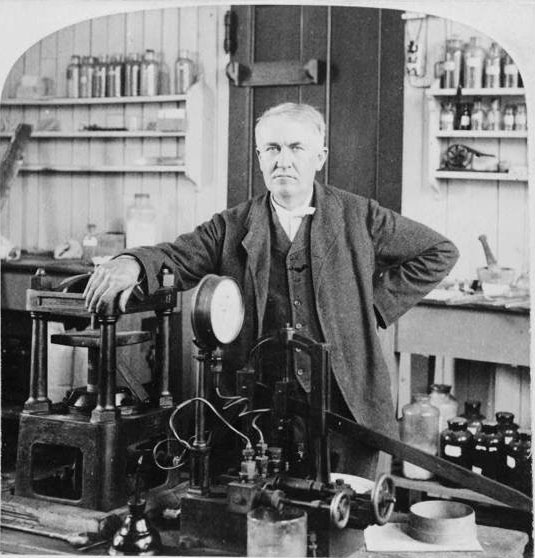
They are attributed not only with improving alertness and productivity, but also with helping improve memory and learning, reducing blood pressure, and relieving stress. Edison’s habit certainly worked for him, as he is still one of the most famous inventors of modern times.
One thing is evident: The people in society who are among its highest producers find their own preferred ways of managing their time to maximize their productivity. The ways they find to do it are often highly individualized reflections of their own personalities and how they think and work.
Sometimes those methods can be reproducible and useful for everyone else, other times… not so much.
Read another story from us: Ancient Roman Bathroom Discovered and it’s Covered in Dirty Jokes
The clear takeaway here is that it’s important to know what works for you, and stick with it. If you can increase your productive work time by even an hour, you’re ahead of the game. If you’re wearing a huge wooden helmet on your head, though, your office mates may start sitting somewhere else.
